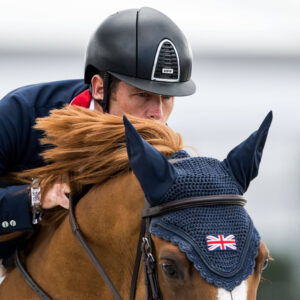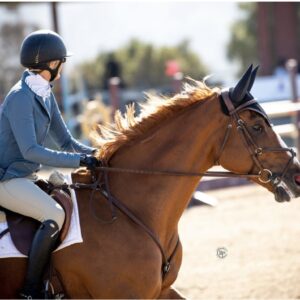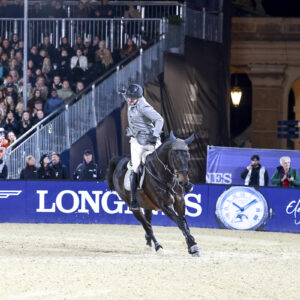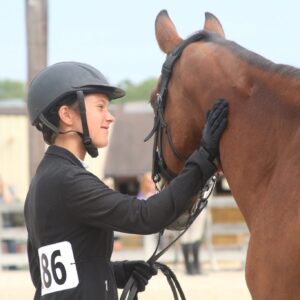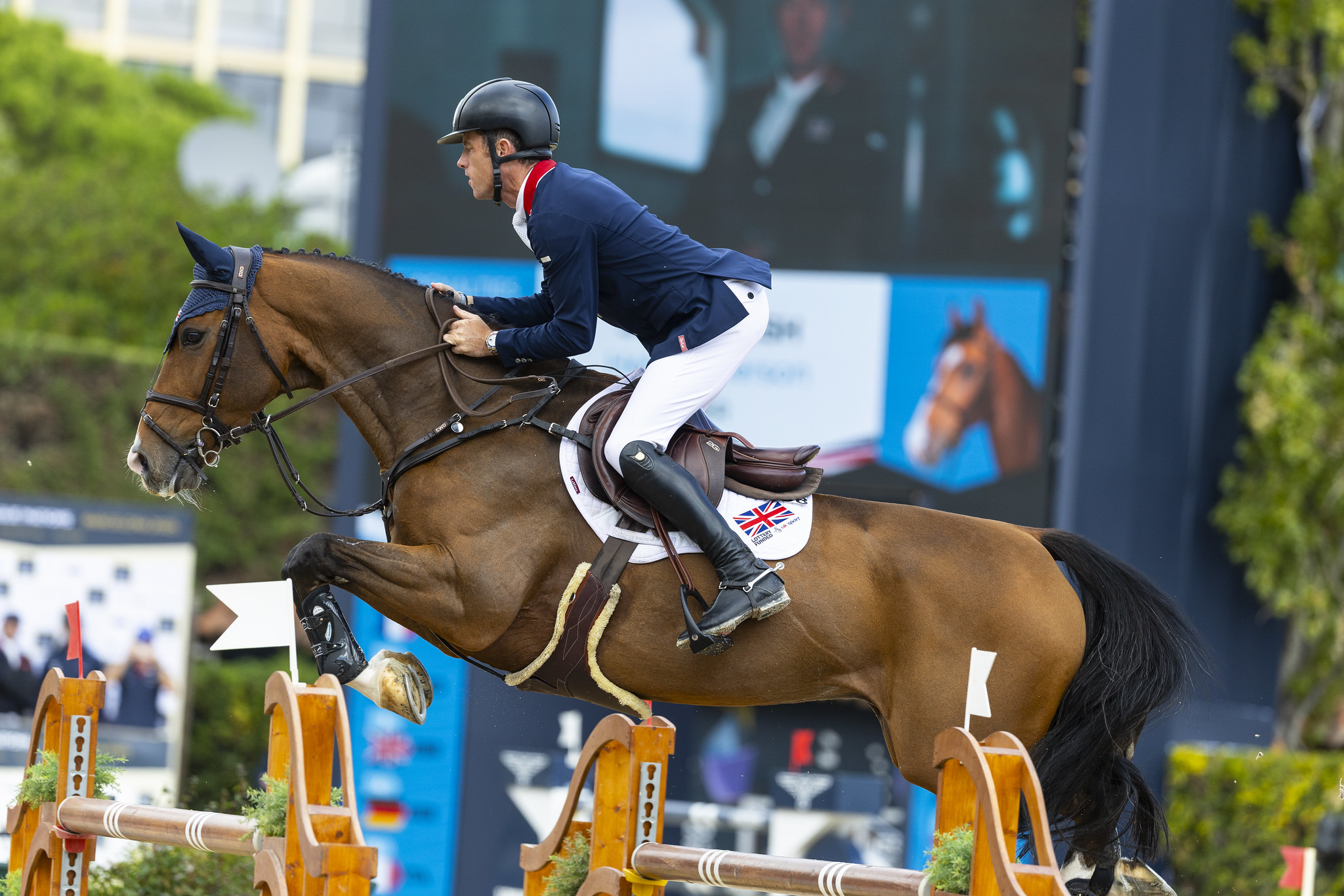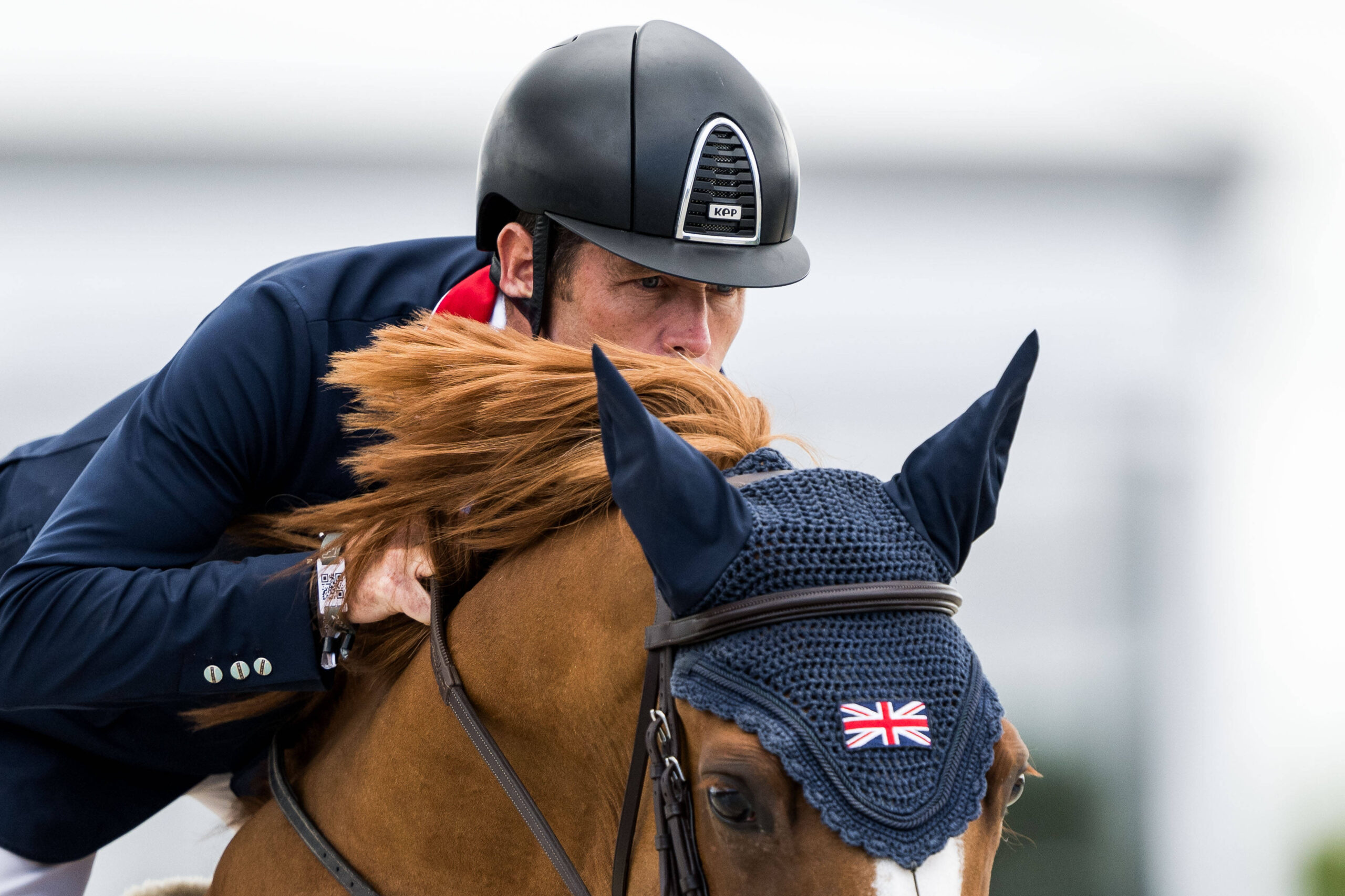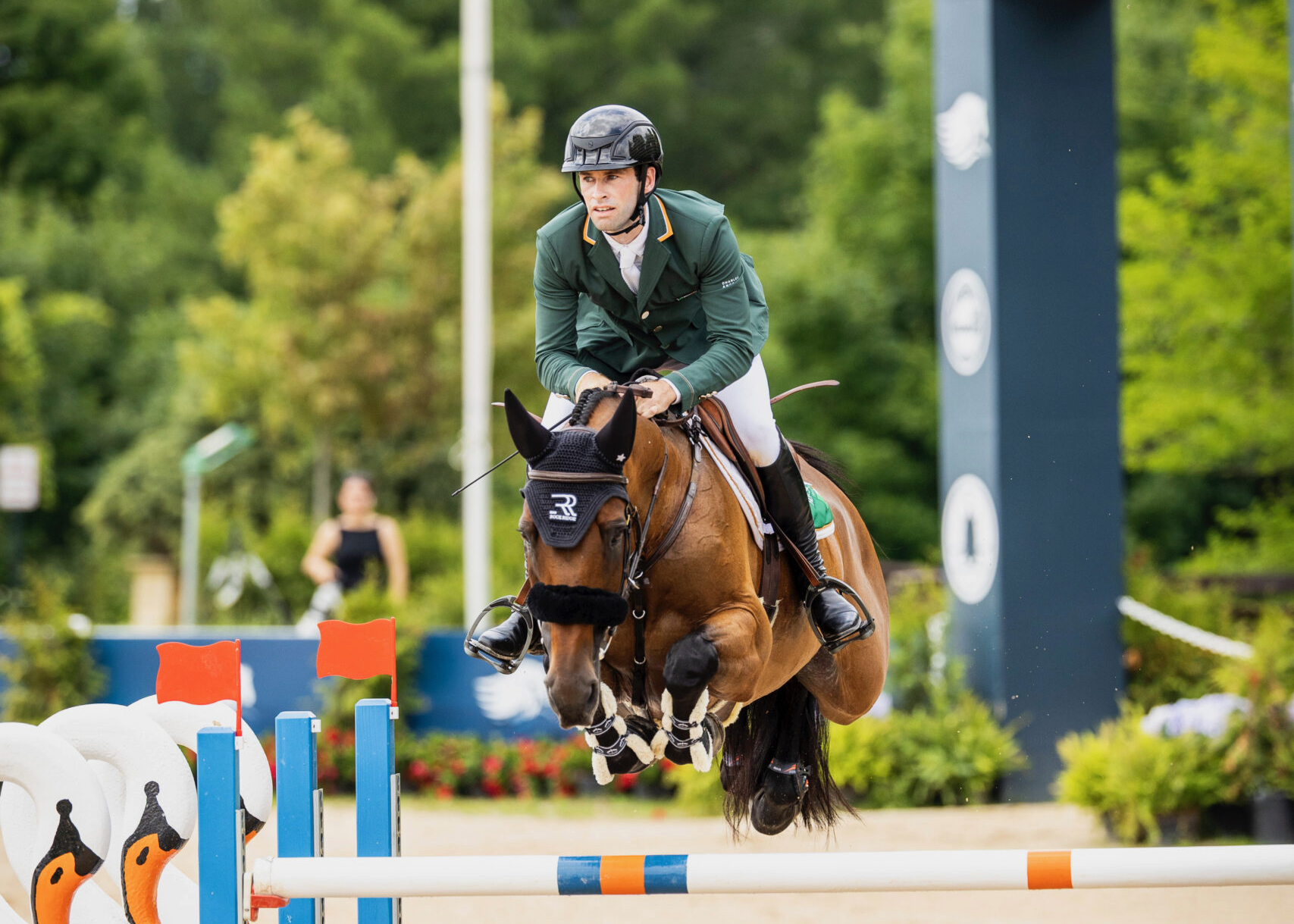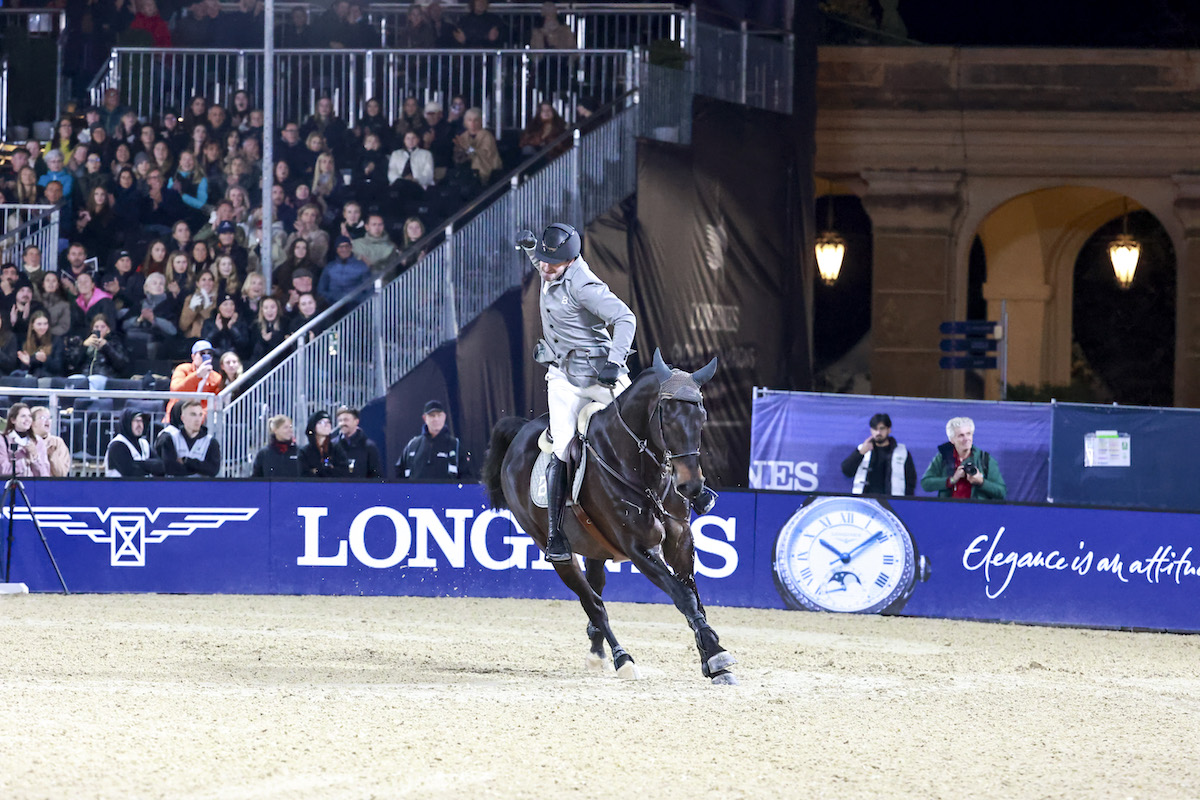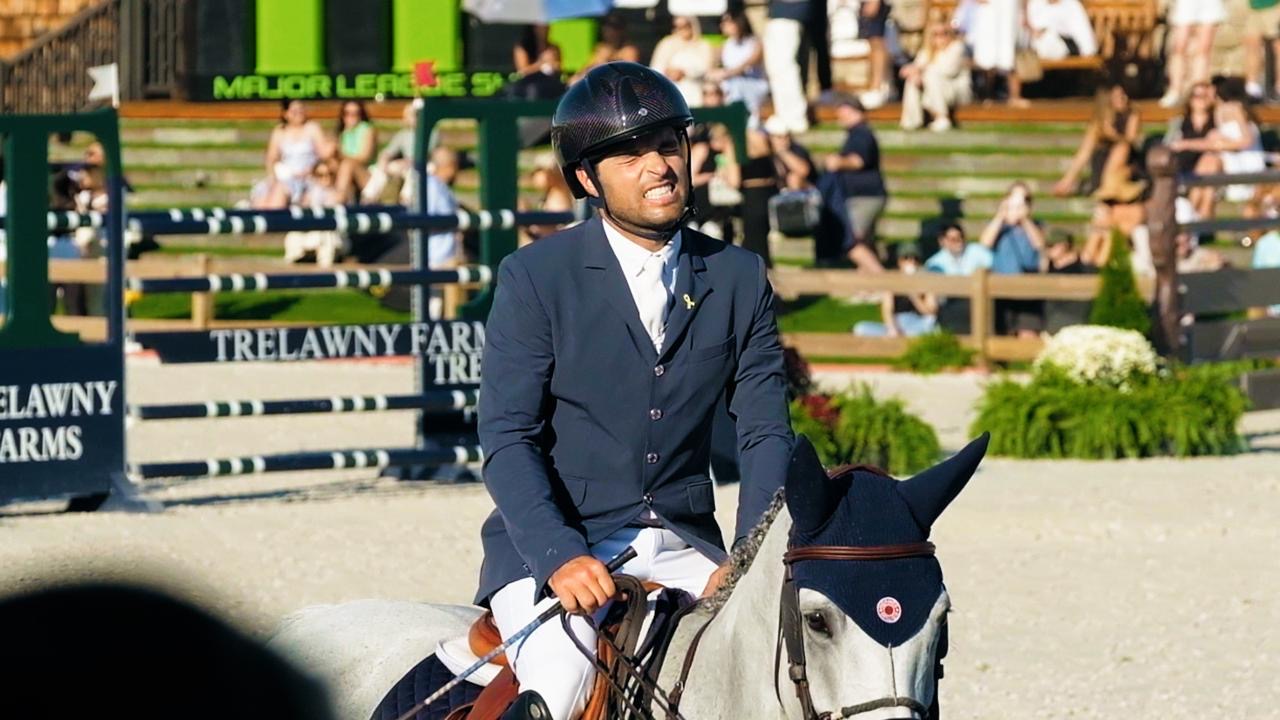I made an observation while writing my last two articles and I admit, what you’re about to read is from the point of view of a slightly bitter woman. Just bear that in mind.
Last week I wrote about Napoleon and Marengo, and the week before, Wellington and Copenhagen and several months before that, Alexander the Great and Bucephalus. While I enjoyed learning about these historical figures and their horses, I was left with some unanswered questions: Did historical men of note mainly ride stallions into war or is this just folklore rearing its ugly head?
Yes, I’m a little vexed by this.
The thing is, I knew before I began researching the war horse series that Marengo, Copenhagen and Bucephalus would all be described as stallions. It’s laughable really. And the most ridiculous thing is, that in the extensive amount of research done about Marengo, no one can say for certain if the horse truly existed. Regardless, there is a pervasive certainty that if he did, he was definitely a stallion.
It just seems to me that in any story written about a horse, whether it be Bucephalus, Copenhagen, The Black Stallion, The Pie, Artax…it’s stated early on that they’re stallions.
Do stories somehow lose their romanticism if the horse’s testicles have been chopped off and left in the field for the crows to peck at? What on earth does this say about our society that even famous horses have to be full-on sperm-producing males with enormous man balloons to be worth their mettle?
It’s true, male and female horses that have all their natural hormones coursing through their bodies are going to make for stronger and more courageous beings. But then where are all the fairy-tale stories about brave female warhorses, champion race mares and storybook heroines?
Napoleon did have a favorite mare called Styria, which is the horse he rode in the Battle of Marengo. But I can assure you it took a lot of reading before I stumbled across that snippet of information. He actually owned a few mares, Desiree, Marie and Cerbère. The most that is said about these horses is, sadly, that it’s unclear what happened to them.
When I wrote about Wellington’s horse Copenhagen, I found one brief mention of his dam, Lady Catherine. General Grosvenor owned the mare and rode her in the Battle of Copenhagen, where she fought alongside all those other horses and men while pregnant.
Yes, PREGNANT!
She helped fight a battle while creating another horse inside her body. That seems like a darn good story idea to me. Why isn’t that a children’s book? Lady Catherine: The pregnant warrior mare!
And what of the earnest, hard-working, stalwart gelding?
We know horses have been gelded since at least 350 BCE as the Scythians (900–200 BCE) were known to have gelded horses. Heck, even Aristotle mentioned geldings in some of his writing, so we best believe people were castrating horses in the 1800s.
Surely, a gelding would be the wiser warhorse choice. They are, generally speaking, even-tempered and would behave tolerably in a large group of horses. A gelding is unlikely to waste his energy dancing around with his tail in the air trying to get the attention of any mares mingling about. All that posturing and bravado must be exhausting.
Of course, you might say, “Yeah, but Black Beauty was a gelding.”
And I would reply, “True, but he wasn’t a hero. He was just a nice, diligent horse that was abused and downtrodden. He was continually betrayed and sold to the next tyrant who worked him to near death. Unlike the stallions of the fictional and nonfictional world who were dangerous and difficult to deal with but heroic, nonetheless, Black Beauty didn’t win the race, save the day, fight the battle or magically come back to life. He was enslaved until he was lucky enough to be saved.”
I don’t know, maybe I’m just cranky. Perhaps if I dig deep enough, I can unearth a few stories about famous mares and geldings. But that’s the thing, I shouldn’t have to dig deep. The stories about famous stallions are at the surface. Front and center.
We know Disney has done us all a disservice with all the Cinderella and Prince Charming crap, but never did I think this patriarchal business had leached into the stories of horses. I’ve been wearing blinders, clearly.
Warhorse math
Let’s say, for the sake of argument, that 1,000 horses are heading off to battle. Now, let’s assume, and I feel I’m being generous here, that 1/3 of the horses are mares, 1/3 are geldings and 1/3 are stallions. How the dickens are these stallions transported? Have you seen what happens when two stallions meet? I can’t even comprehend the melee that would ensue should 333 meet.
Sure, you could, with some hesitation, put all the mares and geldings together, but it still begs the question, what are you doing with those 333 stallions? Not only can they not be near each other, but they also have to be kept away from the mares and the geldings.
But ya, okay, all these men rode stallions. *eyeroll* Even in this day and age when we have all sorts of modern conveniences, the vast majority of horse people avoid stallions simply due to the complications that come with owning one. ONE! Not 333.
Yes, it’s true that I haven’t fought in a war or a battle of any kind. I wasn’t alive in the 1700s or 1800s. And yes, I understand once the battle was well and truly underway even a stallion’s mind would turn from sex, but first, you have to get to the battlefield. Right?
I have no doubt that some of these horses were stallions, it just seems odd to me that all these heroic and famous men were almost exclusively spotted on them. I know this may be a step too far for some, but was the historical masculinity of these men so fragile that if their favorite and most cherished horse was anything other than a stallion, they’d be viewed as a eunuch. Or worse, of having a less rational or strategic mind? Am I way too irritated by this?
I know Napoleon had a favorite mare and I’m sure Wellington and Alexander had a mare or two in the stables, but can you tell me their names without asking Google? Probably not.
While I’m pleased beyond measure for the life that I live, I do wish the history books afforded the same reverence to mares and geldings that it does to stallions. Assuming, of course, they were stallions, that is.
End of.


 October 25, 2023
October 25, 2023 







